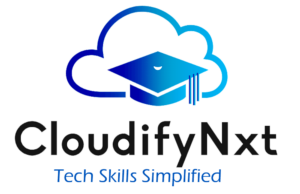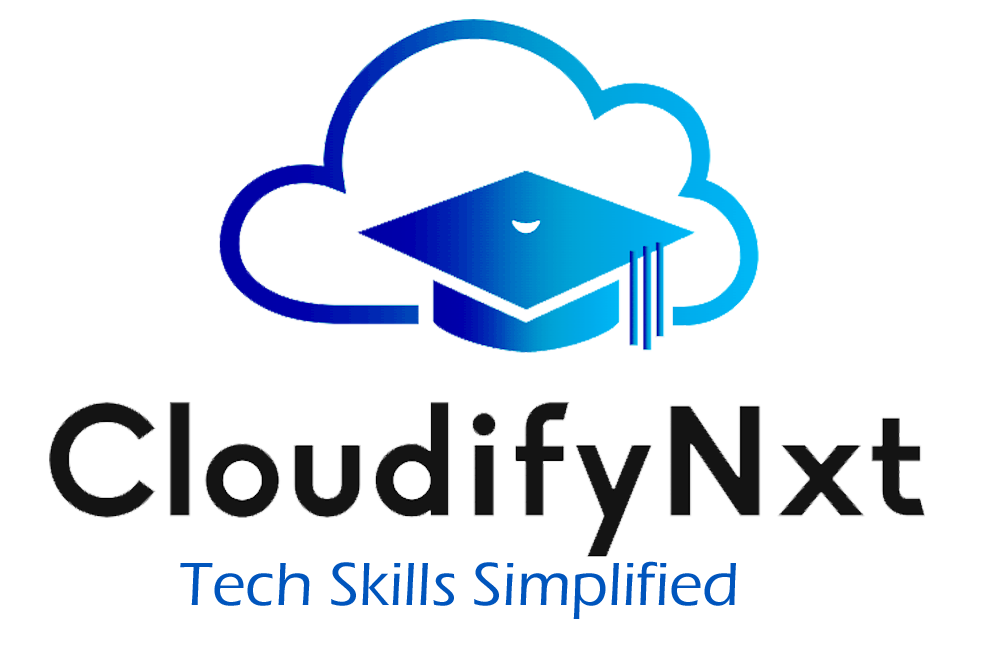
What Projects Should I Include in My Data Science Portfolio?
Building a compelling data science portfolio is crucial for showcasing your skills and attracting potential employers. A well-rounded portfolio not only demonstrates your technical abilities but also reflects your problem-solving approach and creativity. In this guide, we’ll explore the types of projects that can enhance your portfolio, ensuring they align with industry standards and highlight your proficiency in data science.
Contents
- 1 🎯 Why a Strong Data Science Portfolio Matters
- 2 🧠 Essential Projects to Include in Your Data Science Portfolio
- 2.1 1. Predictive Modeling Projects
- 2.2 2. Natural Language Processing (NLP) Projects
- 2.3 3. Computer Vision Projects
- 2.4 4. Time Series Analysis Projects
- 2.5 5. Recommendation System Projects
- 2.6 6. Clustering and Segmentation Projects
- 2.7 7. Anomaly Detection Projects
- 2.8 8. Dashboard and Data Visualization Projects
- 3 🛠️ Tools and Technologies to Showcase
- 4 🌐 Best Practices for Building Your Portfolio
🎯 Why a Strong Data Science Portfolio Matters
A robust data science portfolio serves as a practical testament to your expertise. It allows you to:
-
Demonstrate Practical Skills: Showcase your ability to apply theoretical knowledge to real-world problems.
-
Highlight Problem-Solving Abilities: Illustrate how you approach and solve complex data challenges.
-
Showcase Technical Proficiency: Display your competence in various tools, languages, and methodologies.
-
Attract Potential Employers or Clients: A well-rounded portfolio can make you stand out in a competitive job market.
🧠 Essential Projects to Include in Your Data Science Portfolio
To create a comprehensive portfolio, consider including the following types of projects:
1. Predictive Modeling Projects
These projects involve building models that can predict future outcomes based on historical data.
-
Examples:
-
House Price Prediction: Develop a model to predict house prices based on features like location, size, and amenities.
-
Stock Market Forecasting: Use historical stock data to predict future stock prices.
-
-
Skills Demonstrated:
-
Data preprocessing and cleaning
-
Feature engineering
-
Model selection and evaluation
-
Hyperparameter tuning
-
2. Natural Language Processing (NLP) Projects
NLP projects showcase your ability to work with textual data and extract meaningful insights.
-
Examples:
-
Sentiment Analysis: Analyze customer reviews to determine sentiment (positive, negative, neutral).
-
Text Summarization: Develop a model that can summarize long articles or documents.
-
-
Skills Demonstrated:
-
Text preprocessing (tokenization, stemming, lemmatization)
-
Feature extraction (TF-IDF, word embeddings)
-
Model training (Naive Bayes, LSTM, BERT)
-
3. Computer Vision Projects
Computer vision projects highlight your skills in processing and analyzing image data.
-
Examples:
-
Image Classification: Build a model to classify images into predefined categories.
-
Object Detection: Develop a system that can identify and locate objects within images.
-
-
Skills Demonstrated:
-
Image preprocessing (resizing, normalization)
-
Model training (CNNs, YOLO)
-
Evaluation metrics (accuracy, precision, recall)
-
4. Time Series Analysis Projects
These projects focus on analyzing data points collected or recorded at specific time intervals.
-
Examples:
-
Sales Forecasting: Predict future sales based on historical sales data.
-
Energy Consumption Prediction: Forecast energy usage for better resource management.
-
-
Skills Demonstrated:
-
Time series decomposition
-
Model selection (ARIMA, LSTM)
-
Forecast evaluation
-
5. Recommendation System Projects
Recommendation systems suggest products or content to users based on various factors.
-
Examples:
-
Movie Recommendation: Suggest movies to users based on their viewing history.
-
E-commerce Product Recommendation: Recommend products to customers based on their browsing and purchase history.
-
-
Skills Demonstrated:
-
Collaborative filtering
-
Content-based filtering
-
Model evaluation (RMSE, MAE)
-
6. Clustering and Segmentation Projects
These projects involve grouping similar data points together without predefined labels.
-
Examples:
-
Customer Segmentation: Group customers based on purchasing behavior.
-
Market Basket Analysis: Identify products that are frequently bought together.
-
-
Skills Demonstrated:
-
Clustering algorithms (K-Means, DBSCAN)
-
Dimensionality reduction (PCA)
-
Visualization techniques
-
7. Anomaly Detection Projects
Anomaly detection projects focus on identifying rare items or events that deviate from the norm.
-
Examples:
-
Fraud Detection: Detect fraudulent transactions in financial data.
-
Network Intrusion Detection: Identify unusual patterns in network traffic.
-
-
Skills Demonstrated:
-
Anomaly detection algorithms (Isolation Forest, Autoencoders)
-
Data preprocessing
-
Model evaluation
-
8. Dashboard and Data Visualization Projects
These projects emphasize your ability to present data insights effectively.
-
Examples:
-
Interactive Dashboards: Create dashboards that allow users to explore data interactively.
-
Data Storytelling: Develop visualizations that tell a compelling story with data.
-
-
Skills Demonstrated:
-
Data visualization tools (Tableau, Power BI, Matplotlib)
-
Dashboard development
-
Storytelling with data
-
🛠️ Tools and Technologies to Showcase
In your portfolio, it’s beneficial to demonstrate proficiency in the following tools and technologies:
-
Programming Languages: Python, R, SQL
-
Libraries and Frameworks: Pandas, NumPy, Scikit-learn, TensorFlow, Keras, PyTorch
-
Data Visualization Tools: Matplotlib, Seaborn, Plotly, Tableau, Power BI
-
Databases: MySQL, PostgreSQL, MongoDB
-
Version Control: Git, GitHub
🌐 Best Practices for Building Your Portfolio
To ensure your portfolio stands out, consider the following best practices:
-
Document Your Process: Clearly explain your approach, methodologies, and decision-making process for each project.
-
Include Code and Notebooks: Share your code and Jupyter notebooks to demonstrate your coding skills.
-
Showcase Results: Present the outcomes of your projects, including metrics and visualizations.
-
Highlight Challenges: Discuss any challenges you faced and how you overcame them.
-
Keep It Updated: Regularly update your portfolio with new projects and improvements to existing ones.
